7 Factors for Pearl Quality Appreciation
2 Major mistakes…
Pearls are kind of mysterious because of the colour and lustre it has. We describe the lustre as ‘orient’ effect or ‘iridescence’. In physics, it is due to reflection, refraction, interference and diffraction of light rays caused by the platelets of aragonites (which are actually the mineral form of calcium carbonate).
One major mistake when buying pearls is to see the size of the pearls. Larger doesn’t mean better. In fact, some pearls though large, have only a very thin layer of nacre. It is large because of the bead nucleus used to produce the pearl.

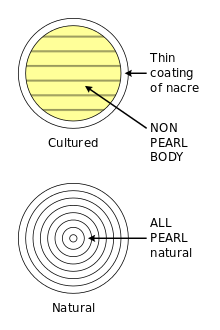



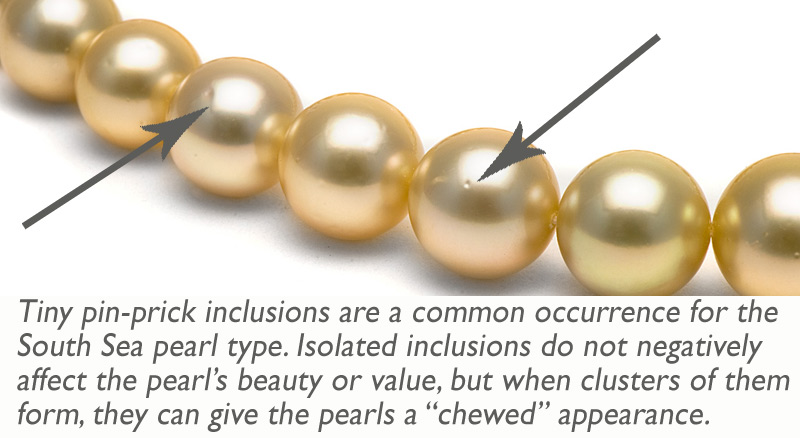

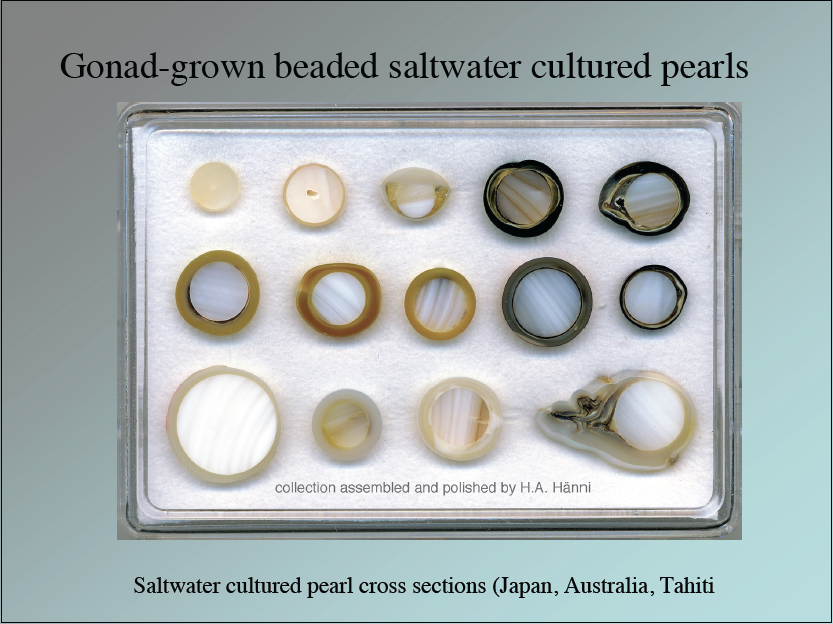



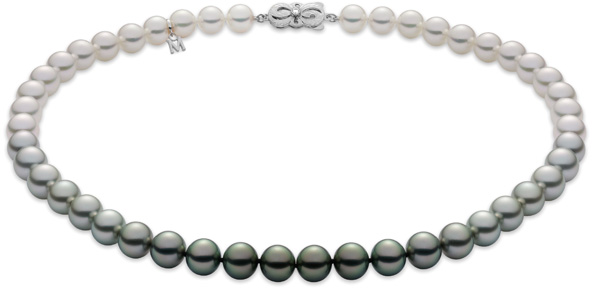

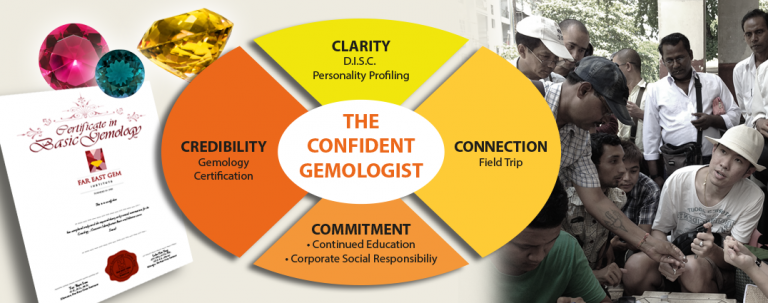

1 comment. Leave new
A great lesson on pearl. Informative and well structured. Thank you.